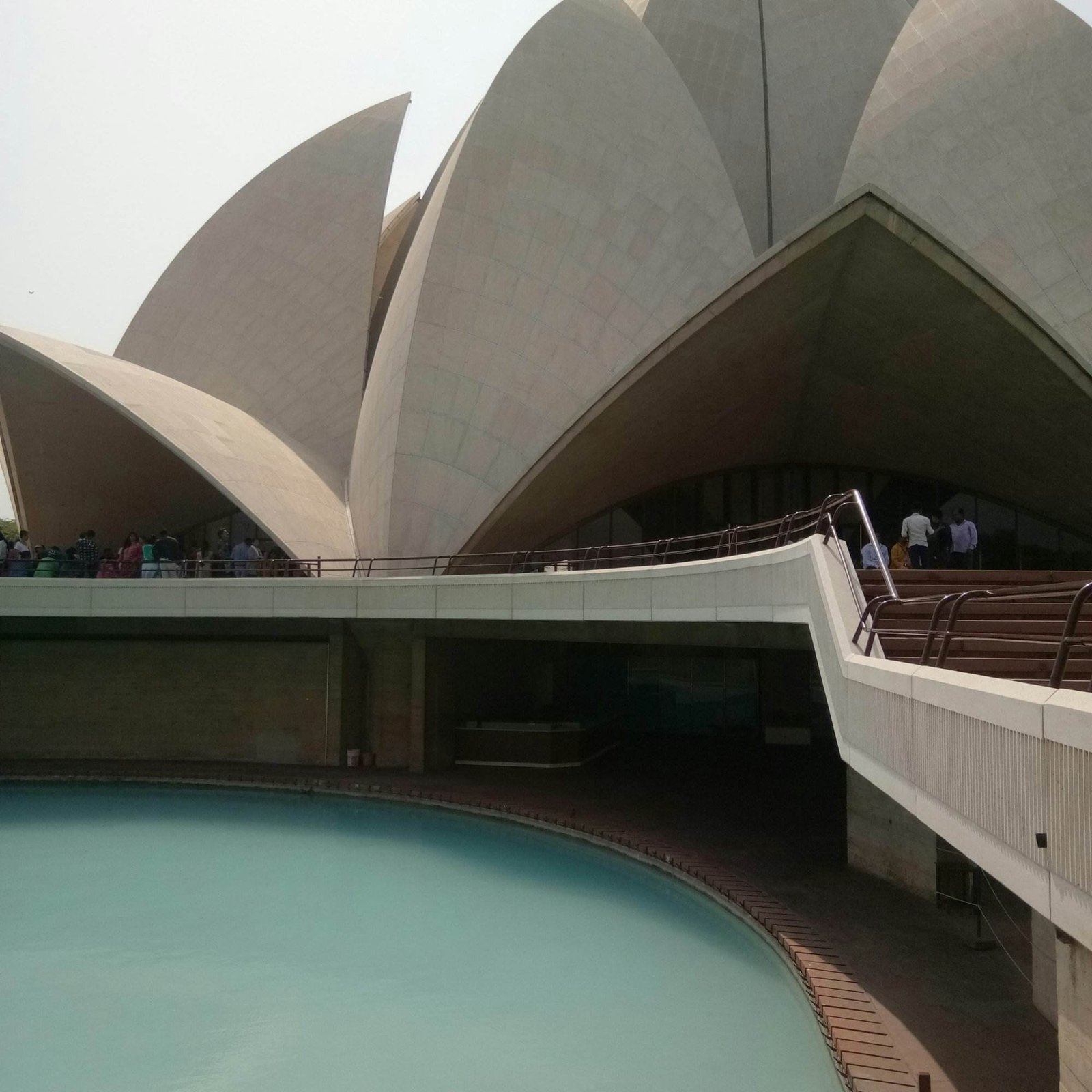The Golden Triangle Tour is one of India’s most renowned travel circuits, encompassing three of the country’s most vibrant and culturally rich cities: Delhi, Agra, and Jaipur. For photography enthusiasts, this tour offers an array of stunning locations that capture the essence of India’s heritage, architectural marvels, and bustling street life. With the right planning, you can ensure that your camera captures the most mesmerizing shots throughout this iconic journey. This guide will delve into the best photography spots on the Golden Triangle Tour, offering insights to help you make the most of your travel and photography experience.
Delhi: The Dynamic Capital
1. Red Fort (Lal Qila)
A UNESCO World Heritage Site, the Red Fort is a prime location for capturing the grandeur of Mughal architecture. Its imposing red sandstone walls and intricate marble interiors offer a plethora of photographic opportunities. Early morning or late afternoon is the best time to capture the fort in soft, golden light, which enhances the texture of the stone and creates dramatic shadows.
2. Humayun’s Tomb
Humayun’s Tomb is an exquisite example of Mughal architecture and is often considered a precursor to the Taj Mahal. The symmetrical gardens, the grand archways, and the majestic tomb itself provide excellent framing for both wide-angle and detail shots. The reflection pool in front of the tomb offers a perfect opportunity for mirror-like reflections.
3. Qutub Minar
As the tallest brick minaret in the world, Qutub Minar stands at a towering 73 meters. Its intricate carvings and the surrounding ruins of the Qutub Complex make for compelling compositions. The structure is particularly photogenic at sunrise, when the soft light accentuates the details of the carvings.
4. India Gate
An iconic war memorial, India Gate is a central feature of Delhi’s landscape. The monument’s imposing presence against the backdrop of the city skyline offers dramatic photos, especially at dusk when the area is illuminated. Experiment with long exposure shots to capture the lively atmosphere around the gate.
5. Chandni Chowk
For a more vibrant and bustling photographic experience, explore Chandni Chowk. This historic market area is filled with colorful street scenes, lively crowds, and an array of traditional Indian foods and goods. The narrow lanes and chaotic energy provide unique shots that reflect the essence of Old Delhi.
Agra: The City of the Taj Mahal
1. Taj Mahal
Undoubtedly the most Best Photography Spots on the Golden Triangle, the Taj Mahal is a must-see. Its white marble façade and intricate inlay work are best captured during the early morning hours, when the light is soft and the crowds are minimal. Different angles around the monument offer varied perspectives, from the front view with the reflecting pool to the side views with the lush gardens.
2. Agra Fort
Another UNESCO World Heritage Site, Agra Fort is a massive red sandstone fortification with stunning views of the Taj Mahal from its terraces. The fort’s architectural elements, including its intricate carvings and expansive courtyards, make for compelling images. The evening light can add a warm hue to the sandstone walls.
3. Mehtab Bagh
Located across the Yamuna River from the Taj Mahal, Mehtab Bagh offers a fantastic vantage point for capturing the Taj Mahal at sunset. The garden’s elevated position provides an unobstructed view, making it an ideal spot for silhouette shots and wide-angle landscapes.
4. Itmad-ud-Daulah’s Tomb
Often referred to as the “Baby Taj,” this tomb is known for its delicate marble inlay work and intricate design. Its smaller scale compared to the Taj Mahal makes it easier to capture in detail. The surrounding gardens and the reflection pool add to the photographic appeal.
5. Tomb of Akbar the Great
Located in Sikandra, a suburb of Agra, this tomb is a fine example of Mughal architecture with its large gardens and impressive structure. The symmetrical layout and the intricate carvings provide great opportunities for architectural photography.
Jaipur: The Pink City
1. Amber Fort
Amber Fort, located just outside Jaipur, is a magnificent example of Rajput architecture. The fort’s grandeur, intricate mirror work, and expansive courtyards make it a rich subject for photography, Best Photography Spots on the Golden Triangle Tour . Capture the fort from different angles, including from the Maota Lake, to showcase its majestic reflection.
2. Hawa Mahal
Known as the “Palace of Winds,” Hawa Mahal’s unique façade with its numerous windows is perfect for capturing detailed shots of its latticework. The best time to photograph this iconic structure is early in the morning or late in the afternoon when the light is gentle.
3. City Palace
The City Palace complex offers a blend of Mughal and Rajput architecture, with its beautiful courtyards, gardens, and ornate interiors. The intricate details and vibrant colors provide excellent material for photography. The courtyard areas and the Mubarak Mahal are particularly photogenic.
4. Jantar Mantar
A UNESCO World Heritage Site, Jantar Mantar is an astronomical observatory with impressive instruments designed for tracking celestial bodies. The massive structures and their unique designs offer fascinating compositions. Early morning light is ideal for capturing the grandeur of these instruments.
5. Jal Mahal
Located in the middle of Man Sagar Lake, Jal Mahal (Water Palace) provides stunning reflections and a picturesque setting. The palace’s appearance changes with the light and time of day, making it a versatile subject for photography. Sunset or sunrise shots often yield the most striking images.
Tips for Capturing the Best Photographs
1. Plan Your Itinerary Wisely
To make the most of your photography tour, plan your itinerary to include optimal times for shooting. Early mornings and late afternoons often provide the best natural light and fewer crowds.
2. Use a Tripod
A tripod is essential for capturing sharp images, especially in low light or when taking long exposure shots. It’s particularly useful for photographing architectural details and reflections.
3. Experiment with Angles and Perspectives
Different angles and perspectives can dramatically alter the impact of your photographs. Explore various viewpoints and compositions to find unique and compelling shots.
4. Capture Details and Wide Shots
While iconic landmarks are important, don’t overlook the smaller details and wider shots that provide context. Close-ups of architectural elements and expansive views of the surroundings add depth to your photo collection.
5. Be Patient and Respectful
Take your time to get the perfect shot and be respectful of local customs and regulations. Avoid disturbing other visitors and follow any guidelines provided by the sites you’re visiting.
Conclusion
The Golden Triangle Tour offers a wealth of opportunities for capturing stunning photographs that showcase India’s rich cultural heritage and architectural splendor. From the grandeur of the Taj Mahal to the vibrant street scenes of Delhi, each location provides unique and compelling subjects for photography. With careful planning and a keen eye for detail, you can create a memorable photographic journey that highlights the best of what the Golden Triangle has to offer.
For a truly luxurious and personalized experience, consider opting for a private tour or a luxury package that includes additional Rajasthan destinations. This allows you to explore the best photography spots in the Golden Triangle while also delving into the diverse and captivating landscapes of Rajasthan.
To start planning your Golden Triangle adventure and discover more about the best photography spots, visit Luxury India Private Tours.




0 Comment